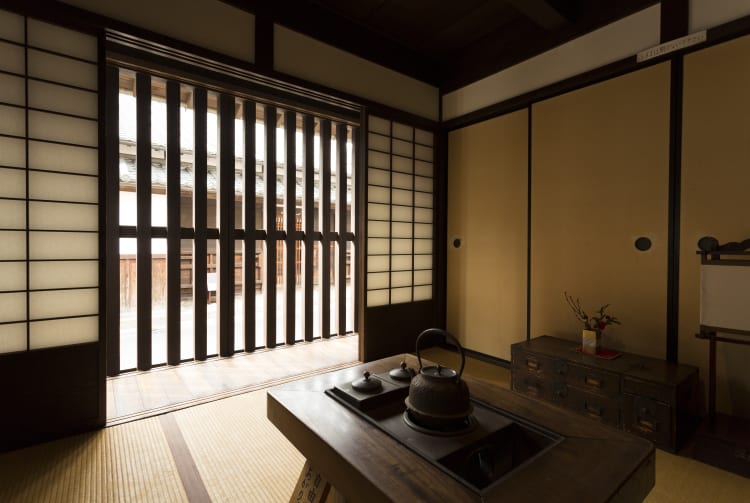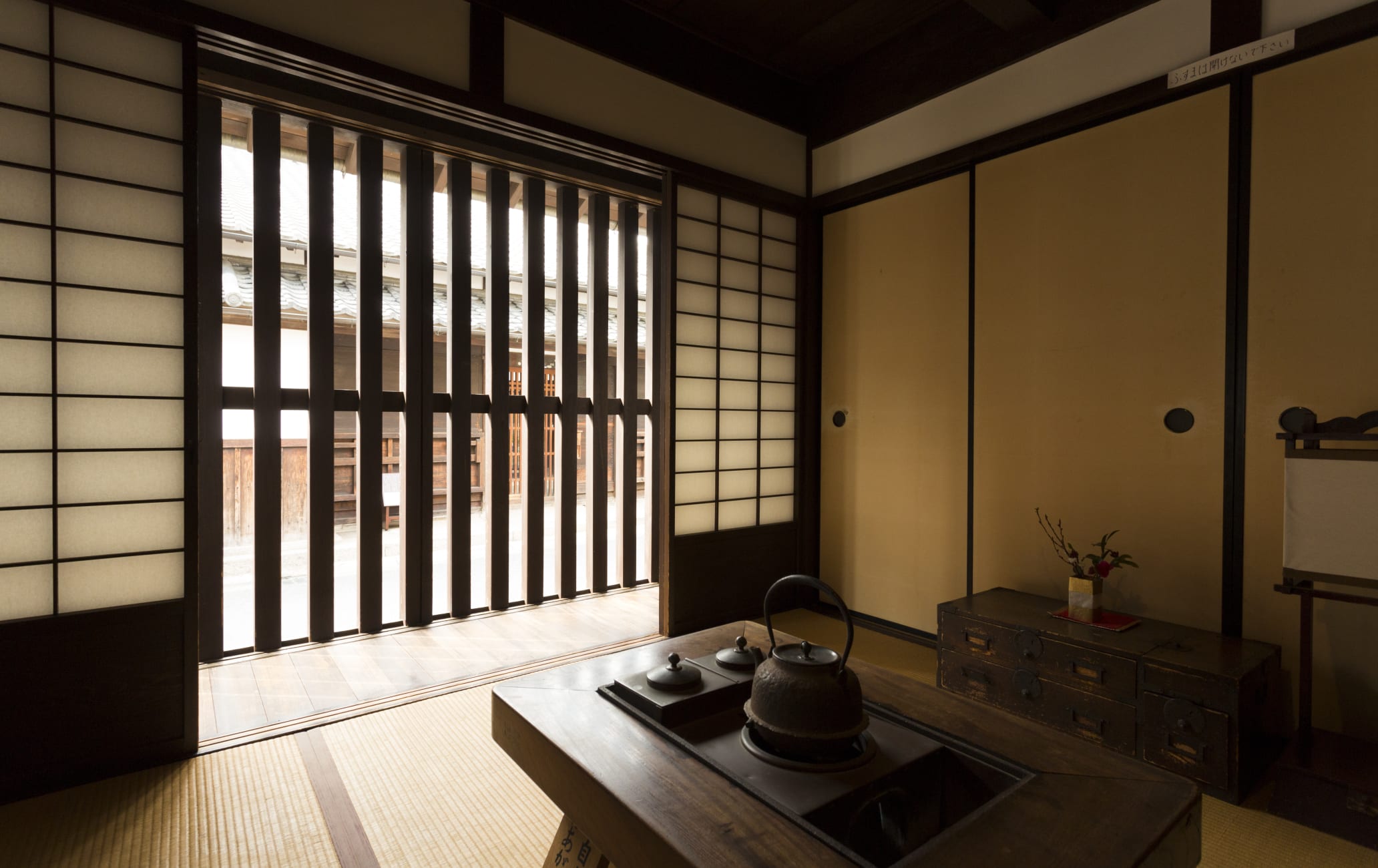Nara's old merchant district—a historical area with a touch of contemporary chic
The town known as Naramachi was once the domain of Nara's merchants. Many of the former merchant residences here have been transformed into museums, trendy boutiques, quirky cafes, and shops specializing in Japanese sweets. Along with temples such as Gangoji and other cultural attractions, the blend of traditional and contemporary facades makes Naramachi an intriguing place to explore.
Don't Miss
- Sweets shops specializing in local confections
- The Nara Craft Museum
- Gangoji Temple, a cultural relic from the Asuka period (552-645), with influences from the Baekje Kingdom (a former kingdom of Korea)
How to Get There
Get to either JR or Kintetsu Nara Station by train from Osaka or Kyoto.
From Kintetsu Nara Station, it is about a 5-minute walk to Sarusawa-no-ike Pond in Naramachi, and about a 10-minute walk to the Gangoji Temple area. Loop buses No. 1 and No. 2 run from Kintetsu Nara Station and JR Nara Station to Naramachi.
A great place to get lost
Getting lost in the Naramachi area can be great fun. Popular spots include a local craft museum offering views of Nara's creative past and the Imanishike Shoin Residence with with its gardens where you can enjoy green tea.
The narrow lanes of the neighborhood are lined with residences, many of which are machiya—townhouses that serve as both storefronts and residences, built on narrow lots. The narrow frontages of the machiya helped merchants avoid heavy taxes, which were tallied by measuring the property's street access.
A temple with a strong Korean influence
One of Nara's seven great temples, Gangoji Temple , is also in this area. The earliest version of this temple was built in the 6th century, with help from the king of Paekche in Korea and Korean artisans. Its existing architecture and roof tiles, in particular, reveal some of the cultural exchange then taking place between the two nations.


The temple complex once covered most of the town, but over time the town encroached on its environs. Gangoji Temple is significant in another respect: Japan's traditional summer festival honoring the dead, O-bon, started here.


Rewinding to Edo time
Just exploring the streets can be rewarding, as the buildings feature unusual decorative stucco or clay walls with wooden lattice windows. In addition to reducing their tax burden, the deep and narrow homes provided the merchants with a combination of functionality, privacy and comfort. Inner gardens and passage gardens ensured that light and wind could pass through the home, from front to rear. Other innovations, including kaidan-dansu—box staircases—offered useful storage space.
Some of the machiya have been converted into museums, where you can examine these features up close. The Naramachi Nigiwai-no-le is a 100-year-old townhouse where visitors can experience life as it was in the past. The Naramachi Koshi-no-Ie (Naramachi Lattice House) is an exact replica of a traditional townhouse from the old days.
A full day of sightseeing in Nara
As interest in machiya has grown, many more are being converted into stylish cafes and shops, as well as guesthouses. Great food, quaint bars, handicrafts, traditional sweets, fashionable clothing boutiques, or something completely unexpected await you here.
Plan on spending half a day exploring the Naramachi area, including Gangoji Temple , Naramachi Nigiwai-no-le, Koshi-no-Ie Residence, Nara Craft Museum, Sarusawa-no-ike Pond, and a few shops. Combine it with a visit to Nara Park , Todaiji Temple , Kasuga Taisha Shrine and Kofukuji Temple for a full day of Nara sightseeing.


























































